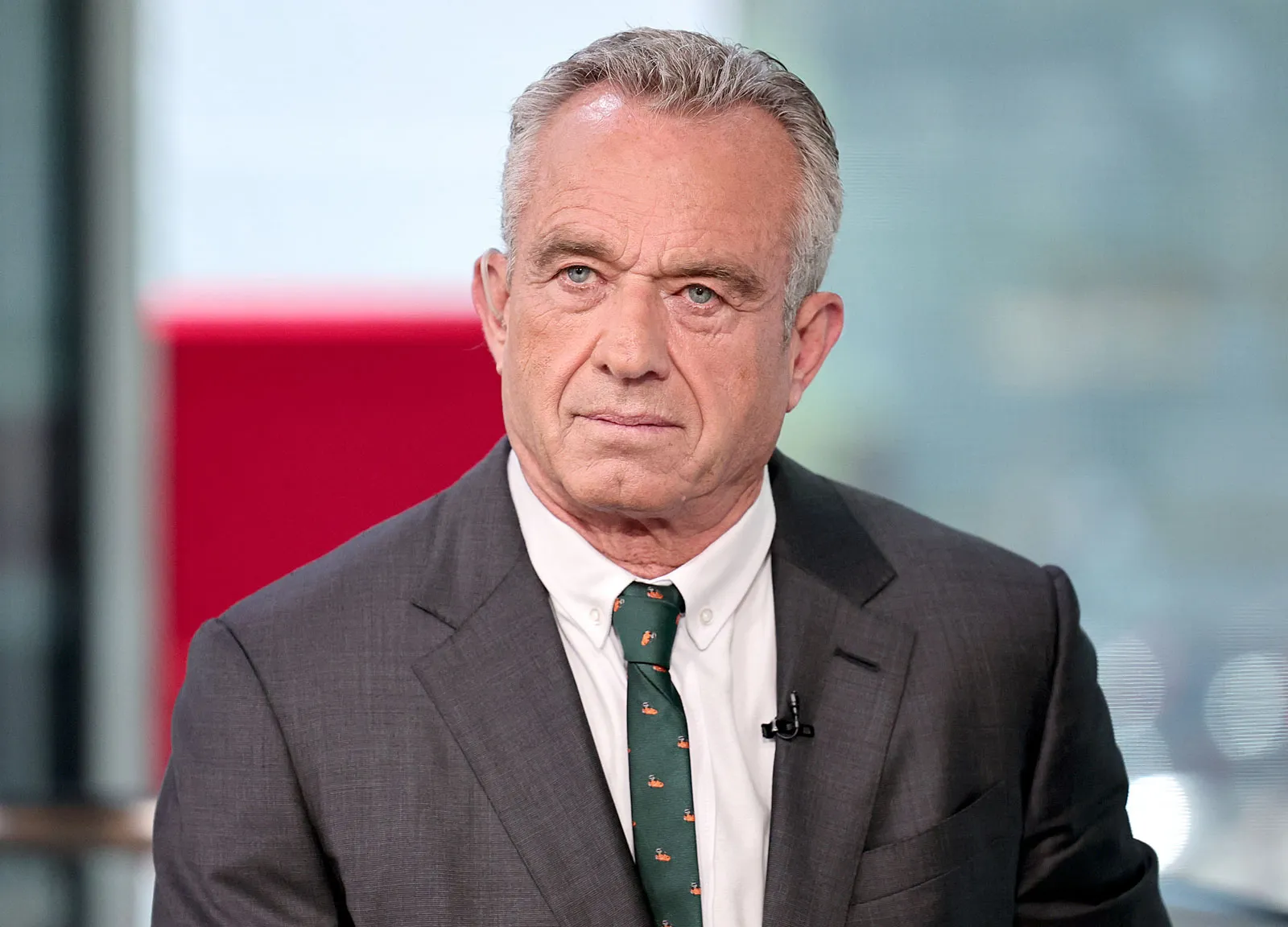Yen and Swiss Franc Strengthen Amid Wall Street Selloff as Investors Seek Safe Havens
Yen and Swiss franc firm as investors turn to safer assets after a Wall Street selloff driven by concerns over the U.S. economy and tech sector valuations.
Bollywood Fever: The Japanese yen and Swiss franc firmed against the U.S. dollar on Wednesday, as concerns over the U.S. economy and tech sector valuations led investors to seek safe-haven assets.
This shift followed a sharp selloff on Wall Street, where AI chipmaker Nvidia tumbled nearly 10%, sparking fears of a broader market decline.
The selloff was triggered by disappointing U.S. manufacturing data, raising concerns about a potential hard landing for the U.S. economy. Traders were already jittery ahead of Friday’s crucial monthly payrolls report, amplifying the market’s risk-off sentiment, which spilled over into Asia and Europe.
Alex Jekov, head of G10 FX strategy at BNP Paribas, noted that the current market conditions resemble the early August selloff. “It’s just that you’re at the highs in risky assets,” he explained, adding that while the dollar is weakening against low-yielding currencies like the yen, U.S. rates are not reacting as strongly as they did in August.
The yen strengthened as much as 0.4% to 144.89 per dollar before settling at 145.195 as of 0902 GMT, following a 1% rally overnight. Earlier in August, the yen had hit a multi-month low of 141.68 per dollar after weak U.S. payrolls data and a Bank of Japan rate hike led to the unwinding of yen-funded carry trades.

Focus on Jobs Data
The growing risks to the U.S. soft-landing scenario have increased the likelihood of a 50-basis point interest rate cut by the Federal Reserve this month, rising to 37% from 30% a day earlier, according to CME Group’s FedWatch Tool.
Economists expect the upcoming U.S. jobs report on Friday to show an increase of 165,000 jobs in August, up from 114,000 in July. Ahead of this, investors will monitor job openings data on Wednesday and jobless claims on Thursday.
U.S. equity markets, which were closed for the Labor Day holiday on Monday, reopened on Tuesday to a weaker-than-expected Institute for Supply Management (ISM) survey, suggesting subdued factory activity for the foreseeable future.
Sam Stovall, chief investment strategist at CFRA, remarked, “That was supposed to show a gain, but actually showed a decline, and has made people wonder once more about the Fed possibly being too late to act.”
Meanwhile, the Swiss franc, another safe-haven currency, strengthened by 0.2% to 0.8487 per dollar.
Other Market Movements
The euro remained flat at $1.10525, recovering from earlier declines. While France saw a brief boost in business activity due to the Olympic Games, analysts predict the Eurozone’s economic malaise will return after the Paralympics, as demand remains weak.
Sterling was also flat at $1.3117 after falling 0.23% overnight. The Australian dollar continued its decline, slipping 0.1% to $0.67035, extending Tuesday’s 1.2% drop.
Cryptocurrencies mirrored the broader market weakness, with Bitcoin and Ether both sliding about 2.4%.
Also Read other news articles, U.S. Remains Top LNG Exporter in 2024, but Falling Prices and Market Shifts Pose Challenges
Global Central Banks Boost Gold Reserves Despite Rising Prices in July
Japan’s Financial Services Agency Pushes for Virtual Currency Tax Reform in 2025















